Collaboration Across the Supply Chain
Collaboration among stakeholders in the supply chain is emerging as a pivotal driver for the Recycled Polyethylene Terephthalate Market. Partnerships between manufacturers, recyclers, and retailers are essential for creating a robust ecosystem that supports recycling initiatives. By working together, these entities can streamline processes, improve collection rates, and enhance the quality of recycled materials. For instance, initiatives that involve take-back programs and closed-loop systems are gaining traction, allowing companies to reclaim and recycle their products effectively. This collaborative approach not only boosts the availability of recycled PET but also fosters innovation in recycling technologies. As a result, the Recycled Polyethylene Terephthalate Market is likely to benefit from increased efficiency and sustainability, ultimately contributing to a circular economy.
Regulatory Frameworks Promoting Recycling
The Recycled Polyethylene Terephthalate Market is significantly influenced by regulatory frameworks that promote recycling initiatives. Governments worldwide are implementing stringent regulations aimed at reducing plastic waste and encouraging the use of recycled materials. For example, many regions have set ambitious targets for recycling rates, with some aiming for 50% or higher by 2030. These regulations create a favorable environment for the growth of the Recycled Polyethylene Terephthalate Market, as manufacturers are incentivized to incorporate recycled PET into their products. Compliance with these regulations not only enhances corporate responsibility but also opens up new market opportunities for businesses that prioritize sustainability. As such, the regulatory landscape is a key driver of innovation and investment in the recycling sector.
Increasing Demand for Sustainable Packaging
The Recycled Polyethylene Terephthalate Market is experiencing a notable surge in demand for sustainable packaging solutions. As consumers become increasingly environmentally conscious, brands are compelled to adopt eco-friendly materials. In 2025, the demand for recycled PET in packaging applications is projected to reach approximately 5 million tons, reflecting a significant shift towards sustainability. This trend is driven by the need to reduce plastic waste and the carbon footprint associated with traditional packaging materials. Companies are actively seeking recycled PET to meet consumer preferences and regulatory requirements, thereby propelling the growth of the Recycled Polyethylene Terephthalate Market. Furthermore, the integration of recycled materials into packaging not only enhances brand image but also aligns with corporate sustainability goals, making it a strategic imperative for businesses.
Technological Innovations in Recycling Processes
Technological advancements play a crucial role in enhancing the efficiency of recycling processes within the Recycled Polyethylene Terephthalate Market. Innovations such as advanced sorting technologies and chemical recycling methods are improving the quality and yield of recycled PET. For instance, the introduction of enzymatic recycling techniques has shown potential in breaking down PET into its original monomers, allowing for higher purity levels. As of 2025, the adoption of these technologies is expected to increase the recycling rate of PET bottles to over 60%, significantly impacting the availability of recycled materials. This not only supports the circular economy but also reduces reliance on virgin PET, thereby fostering a more sustainable approach within the Recycled Polyethylene Terephthalate Market.
Consumer Awareness and Preference for Recycled Products
Consumer awareness regarding environmental issues is a driving force behind the growth of the Recycled Polyethylene Terephthalate Market. As individuals become more informed about the impact of plastic pollution, there is a marked preference for products made from recycled materials. Surveys indicate that over 70% of consumers are willing to pay a premium for products that utilize recycled PET, reflecting a shift in purchasing behavior. This trend is particularly evident in sectors such as fashion and consumer goods, where brands are increasingly marketing their use of recycled materials. Consequently, the Recycled Polyethylene Terephthalate Market is poised for expansion as companies respond to this consumer demand by integrating recycled PET into their offerings, thereby enhancing their market competitiveness.
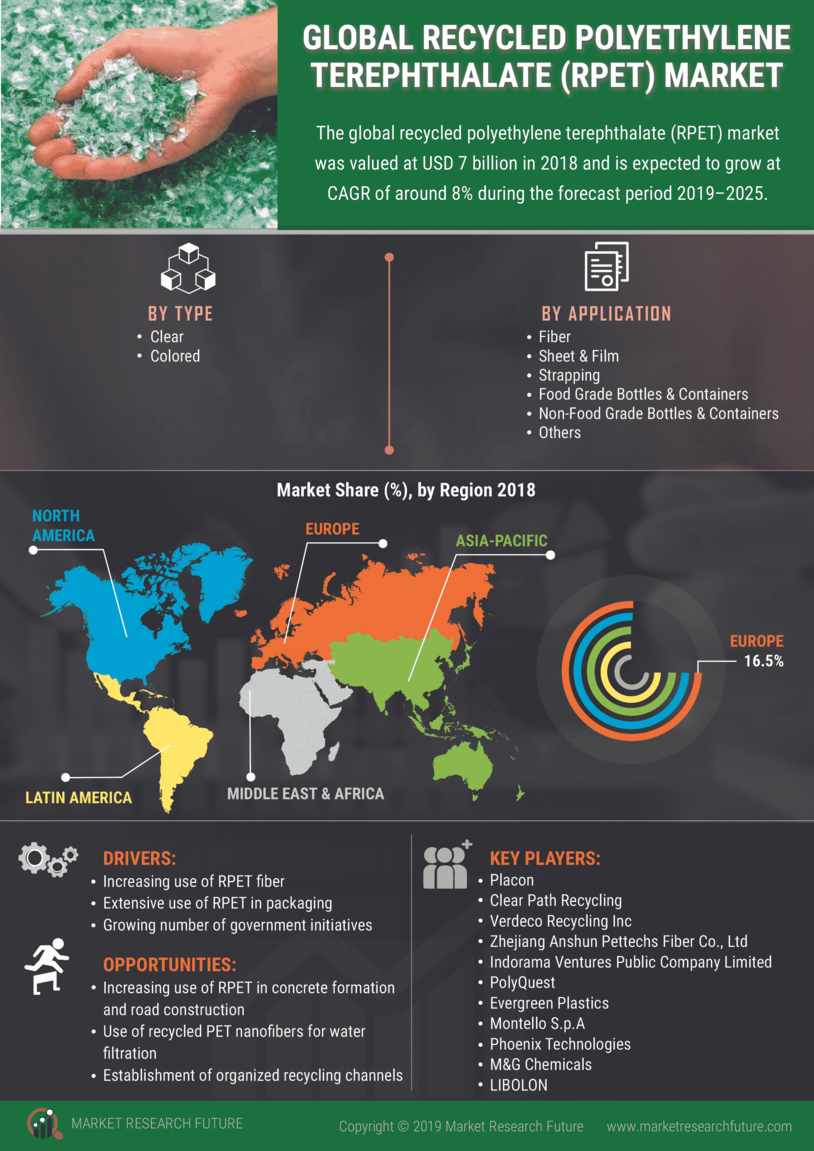

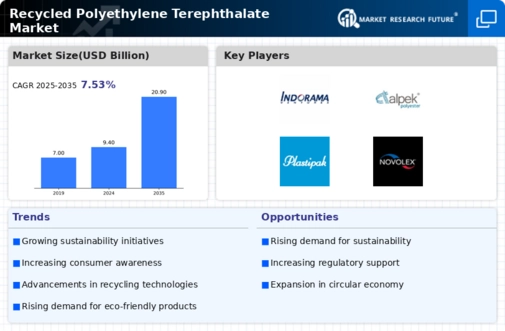
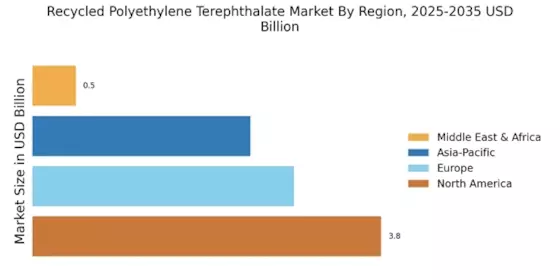
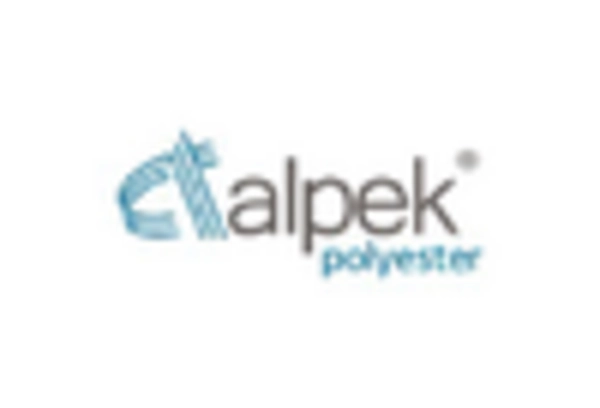

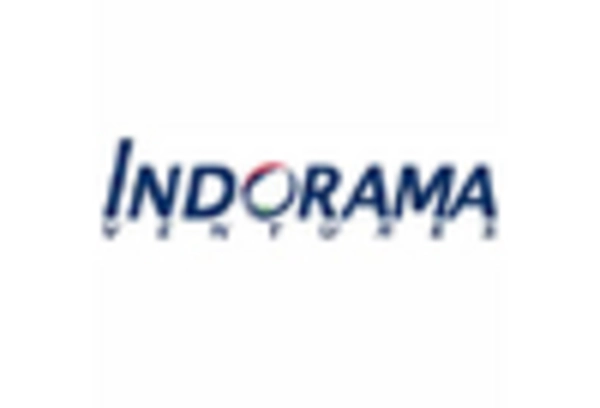
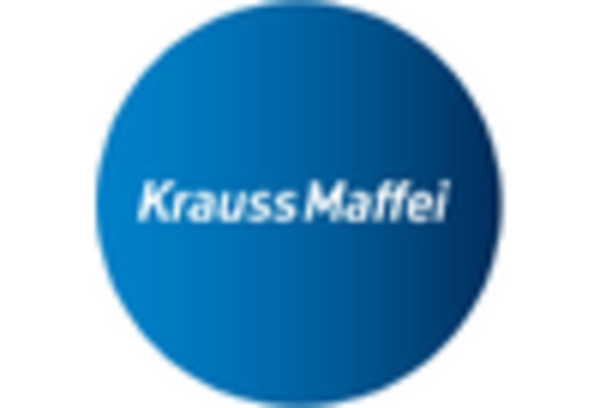
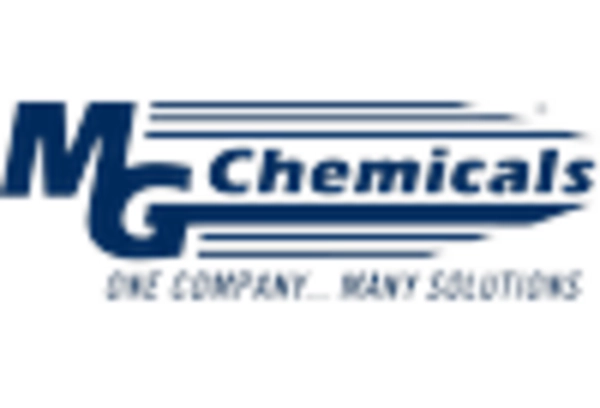









Leave a Comment